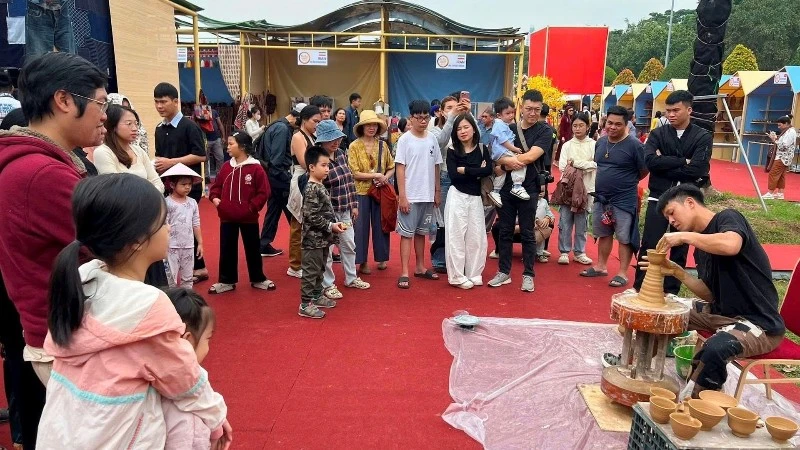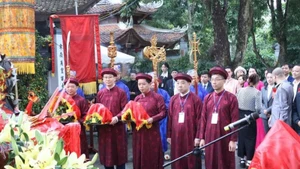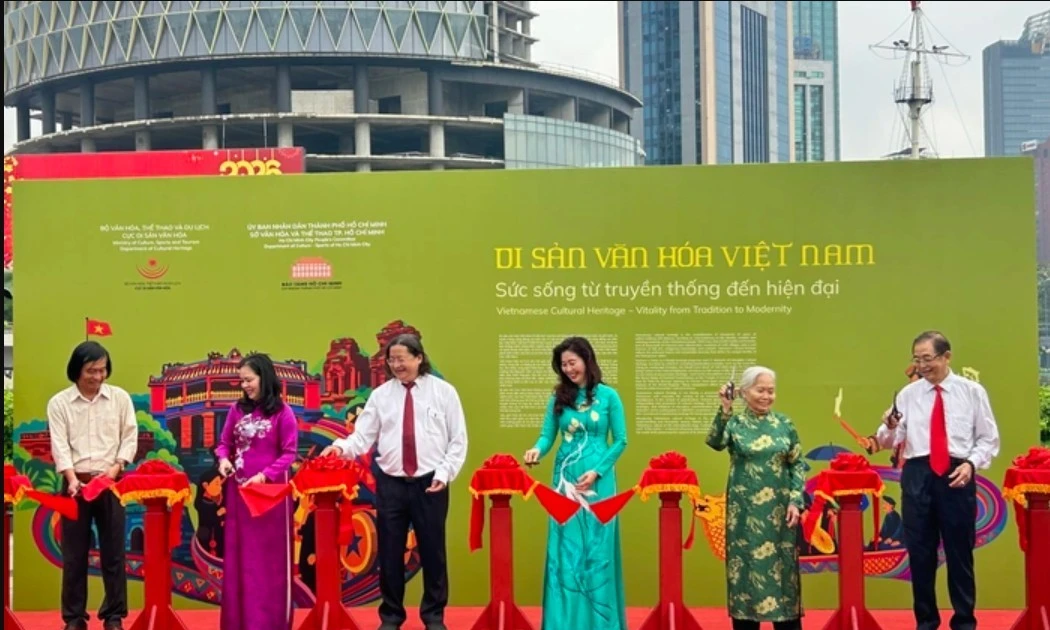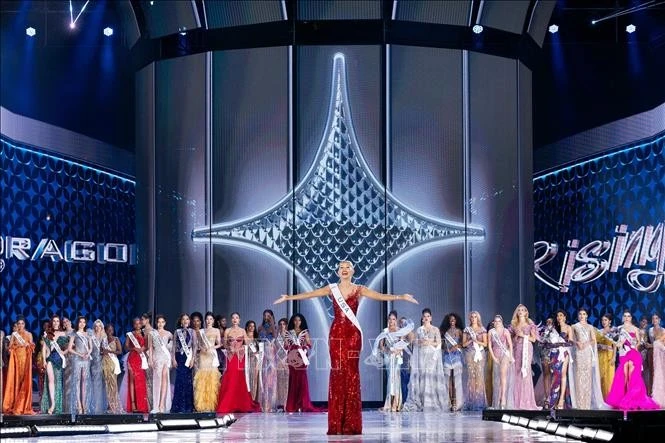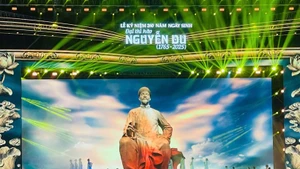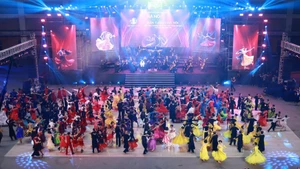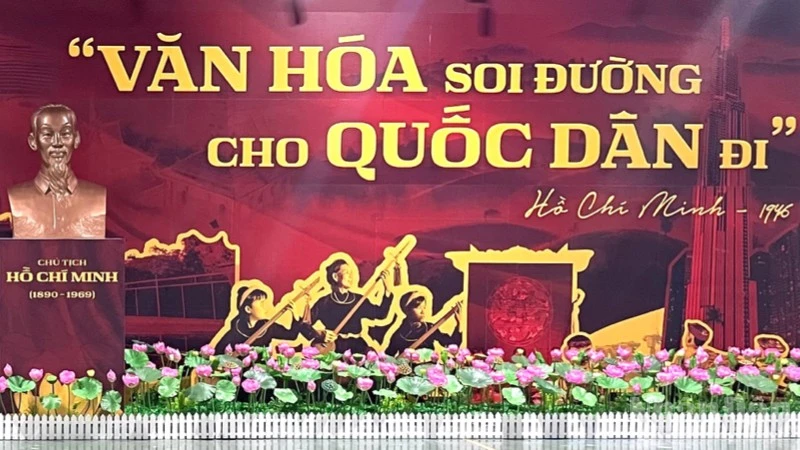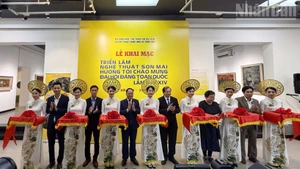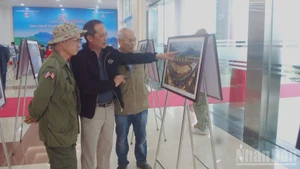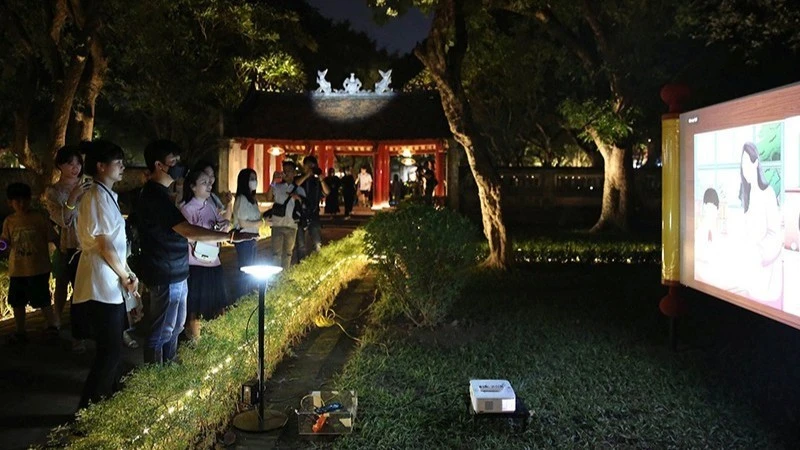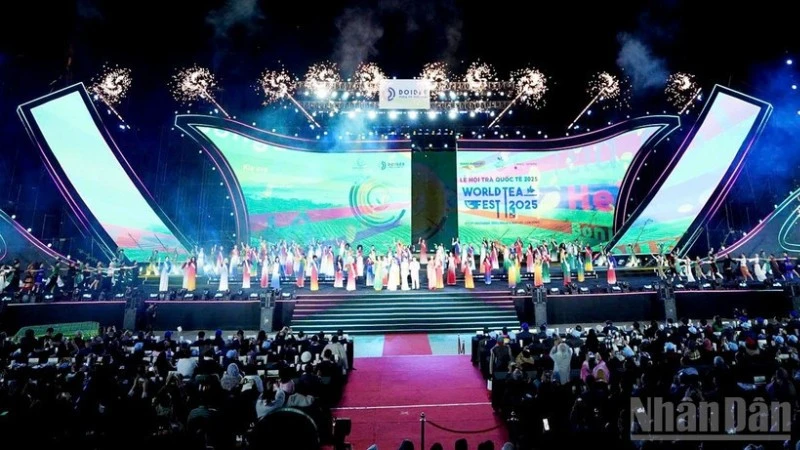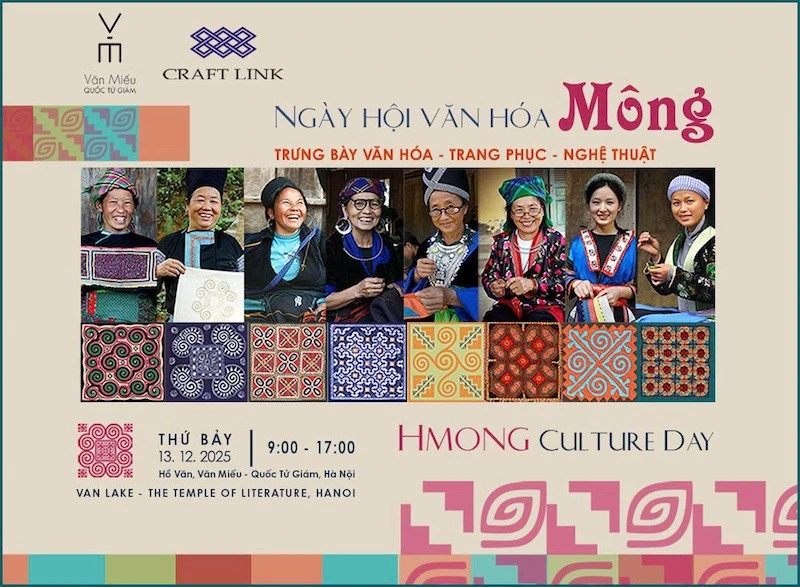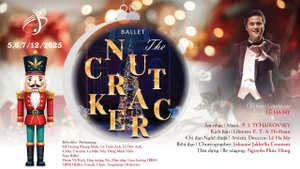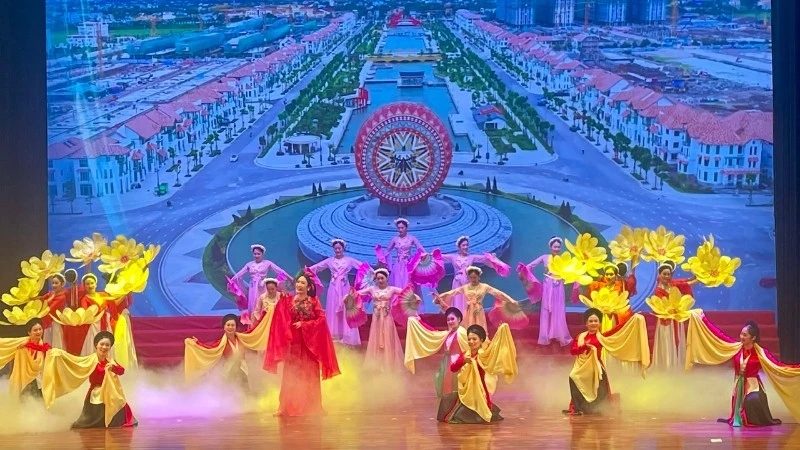The video “Xam Hanoi”, which shows young singer Nguyen Thi Ngoc Ha (Ha Myo)’s love for the capital city through Xam (ballads sung by wandering blind musicians), was one outstanding example. This is the first time the traditional Xam art of song was perfectly combined with rap and electronic music and modern choreography, creating a new music product bearing the charm and beauty of folk culture while featuring the freshness of the modern arts. The video “Xam Hanoi” has rapidly received a warm response from a large number of young music listeners after arrived in the digital environment. This is on example highlighting the “connection” between modern and traditional music.
Young artist Ngo Hong Quang is also a remarkable face possessesing many works that exploit the rich traditions of music from around the country. He has finished an album entitled “Tinh dan” featuring many indigenous music styles of Vietnam. Earlier, singers such as Hoang Thuy Linh and Bich Phuong also made their marks with pop songs imbued with folk music or inspired by traditional culture. It can be seen that this feature of traditional music in composition has become a trend for many young artists over recent years, contributing to a new wind affecting contemporary musical life. This composition trend is considered a rope connecting modern music lovers with traditional music. It has not only brought about a new style but also highlighted Vietnamese identities in contemporary music.
On the contrary, many traditional art works now feature modern musical elements to conquer young audiences. One highlight is the Cai Luong (reformed opera) and circus play entitled “Cay gay than” (Magic stick) by the Vietnam Cai Luong Theatre and Vietnam Circus Federation. The play was an audacious experience as the familiar Cai Luong ancient songs were added to a background of jazz music and featured the appearance of rap music in some scenes. All have created an interesting “opening” for Cai Luong that is not only admired young people but has also surprised veteran artists.
The newly released play “Son Hau – Beyond The Mountain” by young directors Nguyen Quoc Hoang Anh and Ha Nguyen Long has also rejuvenated the ancient art of Tuong (classical drama) through attractive performances of hip hop dance on a background of electronic sounds. This exploitation of modern music is a way to bring traditional arts and music closer to young audiences as well as preserving and promoting traditional music values that are at risk of degradation over times.
Obviously, the reciprocal combination of modern and traditional elements in music has not only made both art forms newer and more impressive but also opened potential trends for the future, towards a new world of contemporary arts imbued with national identities. This is also a way for Vietnamese music to define itself among international friends. This mission belongs to both traditional and modern artists. However, it is not an easy “path” for artists who have a great passion for the arts and who also dare to deviate. Because, in fact, not any old combination creates the right "fit". An inappropriate mix of modern and traditional elements can make art works rude and objectionable. The unreasonable exploitation of ancient materials can also easily cause distortions of tradition. Creators must thus have a deep understanding of each art form so that they will not blur one another. The successes of various art works using this combination in recent years was in part due to the participation of experts having strengths in each form. With an in-depth understanding of each field, they support and adjust together, helping the works avoid crossing the delicate line between creativity and objection. Thereby, they will enhance the value of the country’s music in particular and the arts in general.

